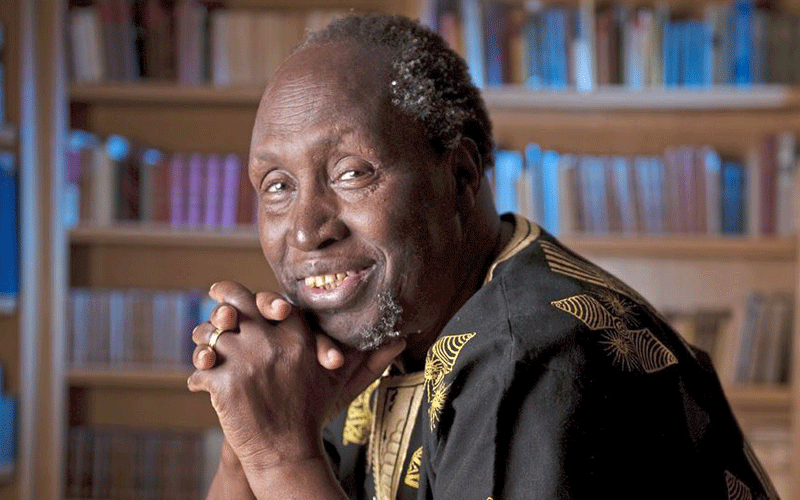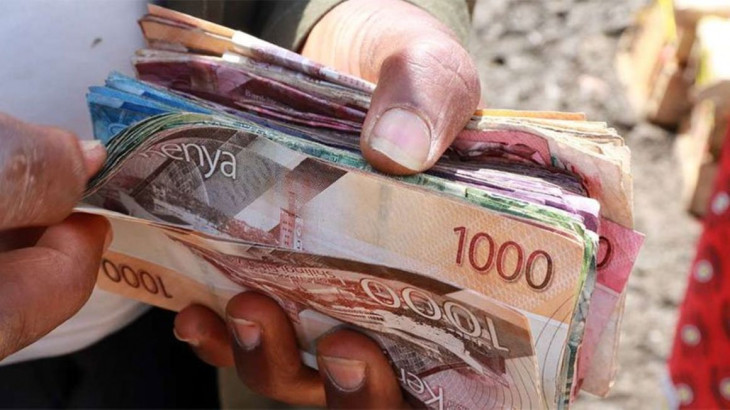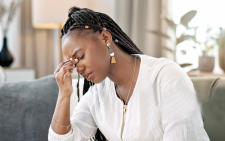When clothes do the talking

Grace Wachira@yaa_grace
In today’s media-saturated world, image is a key communication tool for prominent personalities not only in the entertainment or corporate world, but also in the political arena as they craft their personal brands.
However, dressing politicians, who are some of the most heavily scrutinised public figures in the country, comes with a unique set of challenges.
“Leaders are expected to adhere to a strict dress code because they are looked up to as a point of authority.
They have a moral obligation to the people they serve and as such, they are often associated with proper dressing,” Nthenya Macharia an Image and Etiquette expert says.
However, this does not seem to be the case among Kenyan leaders as experts reveal.
Looking at recent events, politicians including the head of state seem to be missing the mark; showing up dressed casually while the occasion demands a more refined look.
Having been in the image business for 15 years, Nthenya observes that when politicians are gunning for seats in parliament, they take matters image seriously.
“They engage the services of speech trainers, etiquette experts and image consultants to help with the campaigns all in bid to ensure they get elected, but once the dust settles, they loosen up and let a few things slip,” she says.
The most recent example is on March 8th, the weekend of Beyond Zero Marathon spearheaded by the first lady Margaret Kenyatta.
While those taking part in the marathon were doned in proper sports attire such as track suits and caps complete with running kicks, President Uhuru Kenyatta wound up his stint dressed in a blue pair of jeans with black kicks, which did not say much about running.
This was in sharp contrast with his security detail, who donned black and red track-suits.
Nairobi’s Governor, Mike Mbuvi as usual made his fashion statement wearing a foil like gold-tainted tracksuit with matching sneakers almost overshadowing the event.
It is not the first time the Nairobi governor has been on the spot for his alternative wardrobe. Bling, studs, printed T Shirts and garish hairstyles is the image he has almost patented.
Harder for women
Recently, during the handing over of the Industrialisation ministry, the lady of the moment, Betty Maina, showed up in an orange-cheetah print dera, a long flowing dress made from light fabric and only worn by women around the house.
It was hard to ignore her bright attire complete with a matching head wrap worn and ornamental rings.
This is despite the officials who attended the event dressed in the darks and greys, obviously refelecting on the mood and seriousness of the event.
The first lady, experts explain, never dissapoints with her sense of style. Her very statement wardrobe every time she makes an appearance; be it to her husband’s inauguration, funerals, a marathon and even dinner, she always looks the part and in a sense has given the office of the first lady a glow up.
Former Cabinet Secretary for Defence Ambassador Rachelle Omamo was the first woman to handle the docket. Notably, she dressed the part even in her flowing African outfits.
Ambassador Omamo even donned a comba-themed Ankara dress and strut her strong in-tune fashion sense unapologetically.
And while she tailored her wardrobe with well-done dresses, she still rocked her dresses with jewellery to a minimum.
“A suit is the international language for business. This, however, only favours men. Women on the other hand have more elements beyond the standard business suit.
Grooming for men also tends to be simpler and a good barber will give the man a good clean look.
When it comes to women’s hairstyles a variety of options exist and regular changes to these may not be uncommon for them,” Nthenya said.
Nthenya notes that the psychology of colour plays a key role in choices of looks for business.
“Dark hues of blue are associated with power, so leaders in power positions will have these as their favourite to-go outfits.
“Grey and Black also feature heavily in their wardrobes. In Kenya there is a lot of association of colours to brands and political parties. This may stop people wearing certain colours for fear of wrong associations.
We also draw a lot of our dress sense for different fields from the British as part of their colonial legacy. We are yet to craft our own voice when it comes to visual communication.
That said, it is very important for people in spaces of influence to take their image seriously; It gives credibility to the message being passed on and speaks volumes about the individual and their regard for their audience.
So, whether at a political rally, sporting event, evening party, red-carpet event or when handling official business, people must always put their best foot forward and honour those they seek to serve,” she says.












